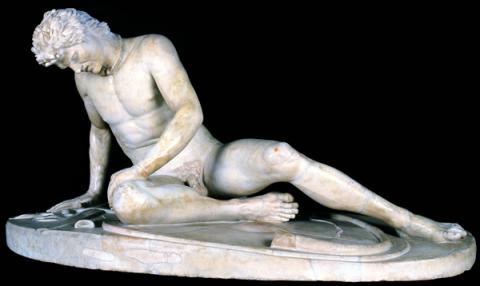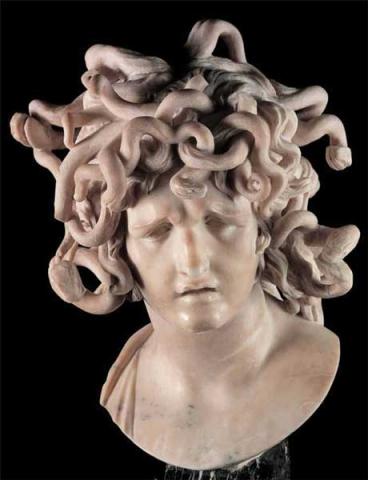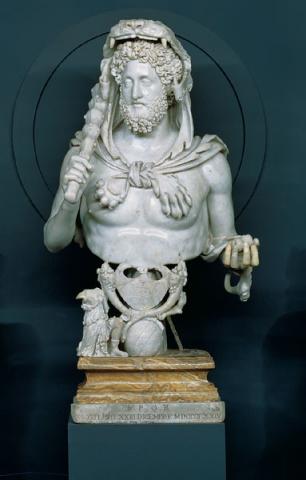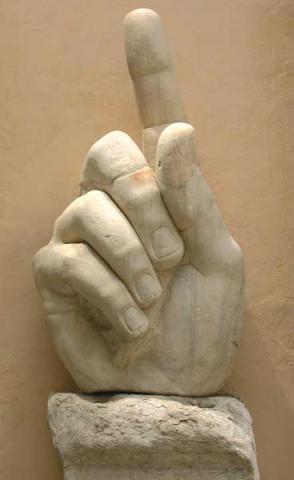Online museum
Special appointments for visiting the museum from home and learning more about its history and heritage. These are virtual tours and video stories enriched by audio and image testimony to tell the story of the museum and its masterpieces.
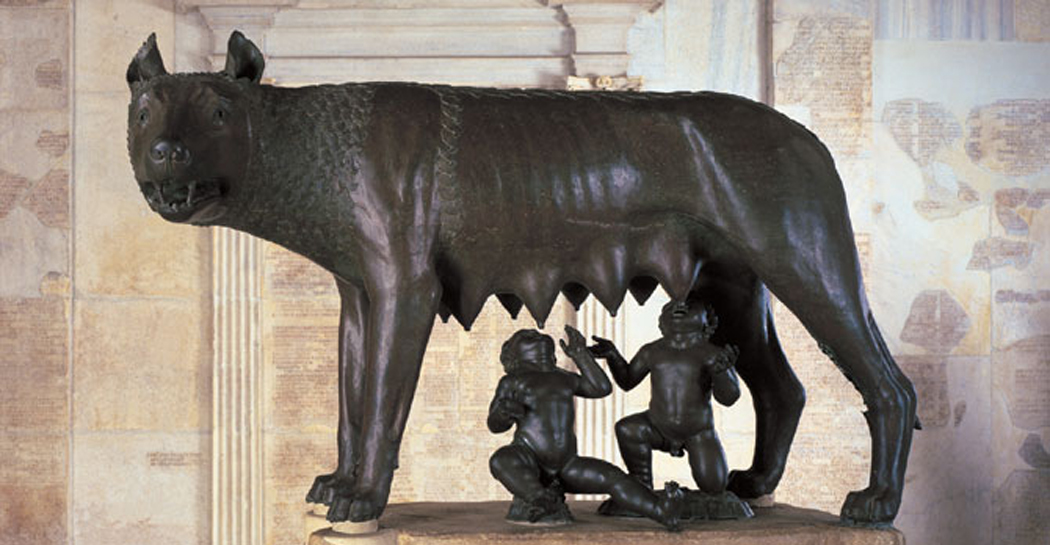
INTRODUCTION VIDEO
VIRTUALE TOUR
The virtual tour of the Musei Capitolini, accessible from all devices, offers a journey to discover the beauty of the heritage through a digital experience that overcomes the spatial limits of almost the entire museum space.
Thanks to the special controls, it is possible to move virtually around the museum, read the information panels on the rooms and works, zoom and turn images 360°, browse through photo galleries and videos, and enjoy other contextual content.
The "Don't miss" section, which contains a practical visual list of selected works or rooms, is a useful tool for those who do not know the museum and are visiting it for the first time: by clicking on a work represented (for example "La Lupa" for the Musei Capitolini) the user is virtually transported to the room that houses it.
The tour is also enhanced by intelligent maps that follow the visitor as he or she moves from one room to another, indicating rooms or works not yet displayed.
Finally, thanks to the latest generation of drones, it is possible to take flight and see rooms and works from above, enjoying an additional and unusual perspective of the visit.
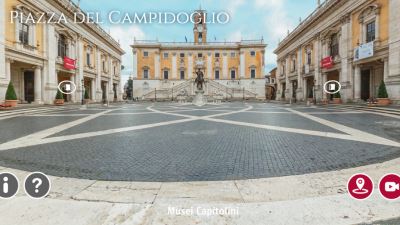
INTEGRATED LIS VIDEO GUIDE TO THE PINACOTECA CAPITOLINA
Available online, 10 audio/video guide LIS - Italian Sign Language - of the Pinacoteca Capitolina is now online: a new tool for getting to know the Gallery's immense historical and artistic heritage.
Ten episodes to discover the entire collection, room by room, providing a more complete and engaging experience, showing authentic masterpieces of art history. The videos can be viewed on your smartphone to let yourself be guided through the rooms or on the web in preparation for your visit.
LIS Video: The Pinacoteca Capitolina - Introduction
MUSEUM OF MUSEUMS
The Museum of Museums section describes the century-long history of the Musei Capitolini, the oldest public museum in the world. From the donation of the bronzes preserved in the Laterano by Pope Sisto IV in 1471 to the establishment of the first modern museum in the Campidoglio in December 1733, the growth of the Capitoline collections has taken place through the gradual acquisition of many works of art and museum collections.
Introduction
An introducing chapter, in two parts, that focuses on the Sistine donation and the beginnings of eighteenth-century museums.
Institution of the Museo Capitolino
Creation of the Museo Capitolino in December 1733, a benchmark for all public collections in the Age of Enlightenment Europe.
The Cardinal Alessandro Albani Collection
Detailed information on the figure of Cardinal Alessandro, a distinguished leader in the cultural and political life of eighteenth-century Rome.
The Cesi Collection
The fragmentation of the Cesi collection and the transfer of some of the statues to the courtyard of the Palazzo dei Conservatori and the Palazzo Nuovo on the Capitoline Hill, including Juno Cesi, still one of the Musei Capitolini best known and most appreciated marble sculptures.
Sculptures from the Giustiniani and Ludovisi collections
An account of two of the most famous collections of antique sculpture in seventeenth-century Rome: the one associated with the activities of Marquis Vincenzo Giustiniani and the one formed by Cardinal Ludovico Ludovisi.
THE STORYTELLING
Storytelling of important events in the history of the city of Rome.


























